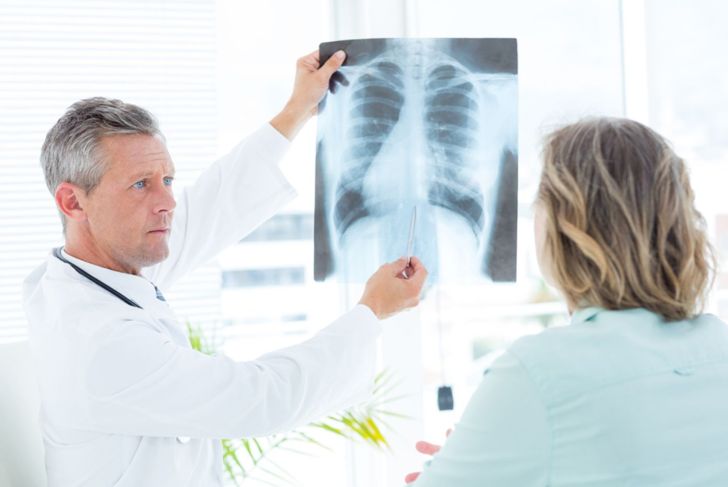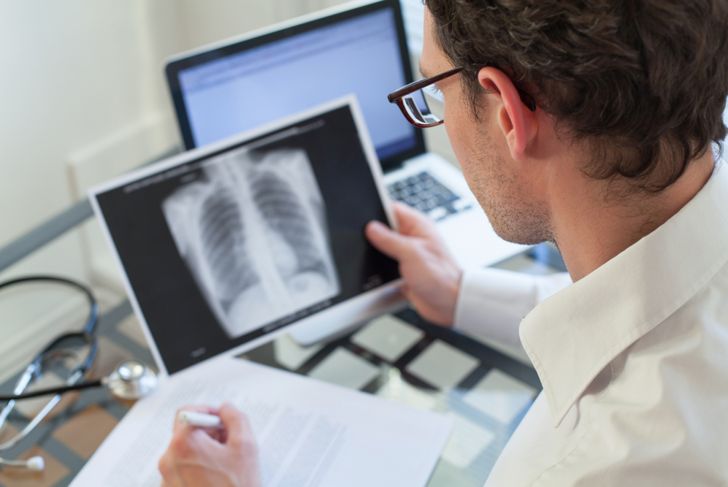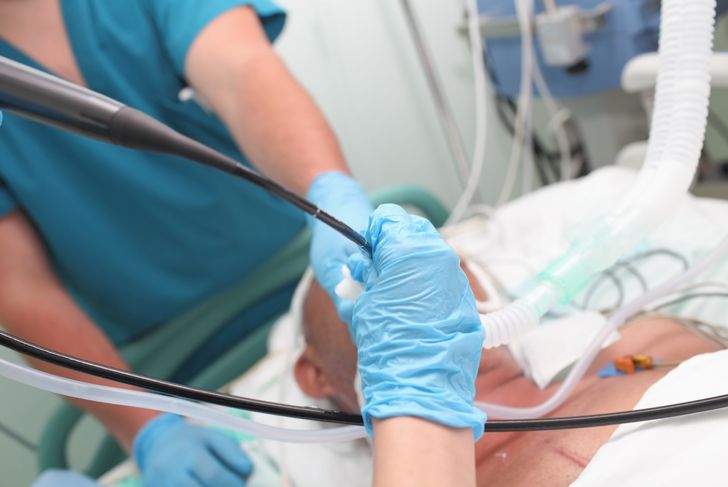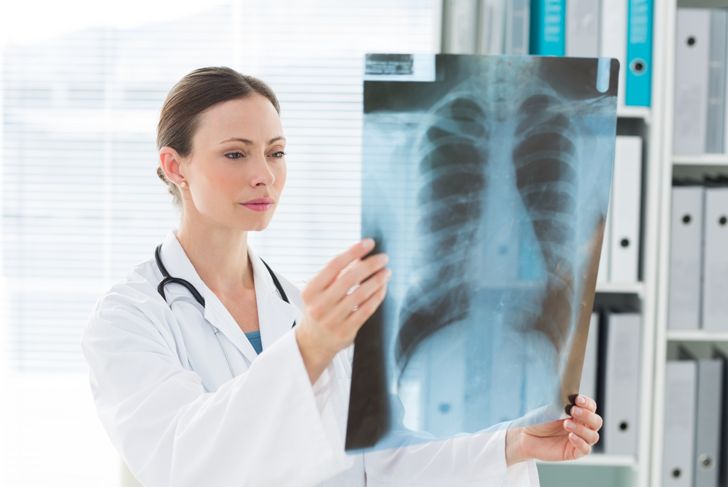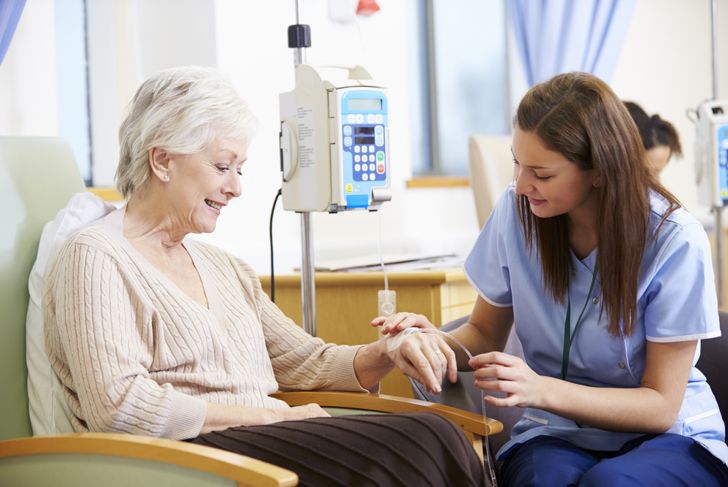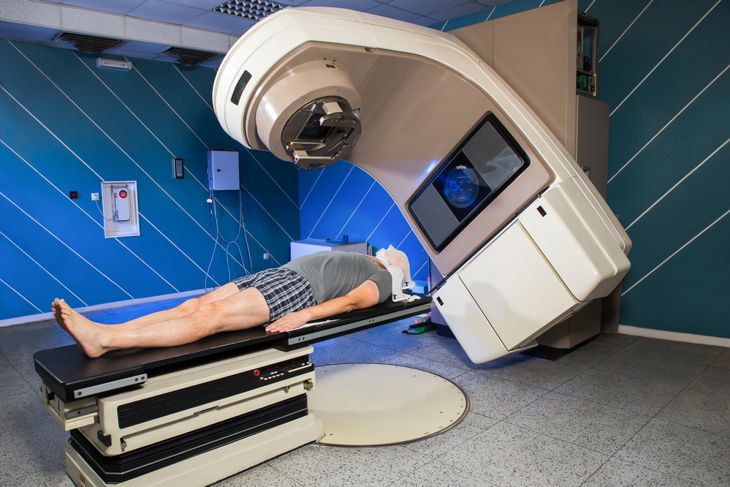One of the most common types of cancer is lung cancer, of which there are two major types. First is non-small cell lung cancer or NSCLC. The second is small cell lung cancer or SCLC. This is also referred to as oat cell cancer, oat cell carcinoma or small cell undifferentiated carcinoma. Cancer cells of this type typically grow at a faster rate and metastasize readily, meaning they can spread throughout the body. Because of this, cancer gets diagnosed only after it has already spread to the rest of the body. This makes a recovery a lot less likely.
The cause of SCLC
There haven’t been any successful studies yet on how SCLC comes about. But the cause may be due to some changes in the lungs that are precancerous and may lead to the disease. Such changes can affect the cell DNA in the lungs making them grow faster. If such changes occur in significant amounts, the cells can become cancerous. Since blood vessels provide nutrition to body cells, including these cancer cells, this will allow and encourage the cancer cells to develop into tumors. After some time, the cancer cells can separate from the primary tumor then spread to different body parts.
What is the most significant risk factor for SCLC?
Smokers are high on the list of top risks people who can contract the condition. A considerable percentage of those who have this condition are smokers. Conversely, SCLC rarely occurs in non-smokers. Also, there is a direct relation to the risk of acquiring the condition with how many cigarettes one smokes daily and the how many years the person has been a smoker. Simply said, long-term smokers still smoking huge quantities each day have the highest risk of acquiring the condition.
How do doctors diagnose and stage SCLC?
Diagnosing SCLC usually starts with an extensive physical examination as well as a review of the person’s medical history. Inform the physician if you are a smoker, how often and how long. If preliminaries point to this condition, various tests will be further conducted for an accurate diagnosis. Upon confirmation of the disease, the doctor will determine the stage of cancer. Staging will describe the extent or severity of the condition, and it will determine what kind of treatment you will need
Diagnosis of SCLC
Doctors generally will recommend a screening test for those with high risk for this type of cancer. If you’re suspected of having SCLC, the doctor will do further tests before giving any diagnosis. Since the condition is asymptomatic, the disease won’t usually surface until it has already advanced to a stage that’s more severe. It’s also possible to detect SCLC through simple tests like an x-ray, CT scan or an MRI. The doctor can also perform tests like bronchoscopy and sputum cultures.
Stages of SCLC
After a thorough diagnosis and confirmation of the condition, the doctor will next find out the stage of the SCLC. Staging will describe the severity of the condition. SCLC has two phases. The first stage is limited since cancer only affects one side of the chest or the lung. It may also affect the lymph nodes. The second stage is large stage since cancer has already spread to the other side of the chest. At this point, the condition has already infected the lymph nodes and the other body parts. If there are cancer cells present in the fluids which surround the lungs, this is also an indication of an extensive stage. There is no treatment available to cure the condition at this point.
Treating SCLC through chemotherapy
Many of us are familiar with chemotherapy. Someone you know may have already experienced such treatment. This is a type of drug therapy that’s aggressive as it attacks the cancer cells. Doctors can administer medications orally or inject through one of the veins. The medication will travel through the bloodstream to eliminate cancer cells in different organs. Chemotherapy is effective in killing cancer cells, but it has its drawbacks. It has the potential to cause side effects which may have an impact on the quality of life. Before subjecting one’s self to the process, carefully think about the repercussions. Consult with the doctor for some guidance.
Treatment of SCLC through surgery
If there is only one tumor and cancer has not yet spread to other parts of the body, surgery may be an option. However, with SCLC, this is rare, and surgery may not help at all. If the choice is surgery, the doctor may perform different types of surgery. These include a pneumonectomy, a lobectomy, a segmentectomy or a sleeve resection.
Treatment of SCLC through radiation
Another method of treating this condition is through radiation therapy where the doctor uses concentrated radiation beams to destroy cancer cells. External beam radiation is the most common type of radiation therapy. There are side effect risks associated with this method, but they usually fade away within two to three months after the treatment.
The common symptoms of SCLC
Since small cell lung cancer is asymptomatic, this makes it difficult to diagnose at its early stages. SCLC doesn’t manifest any symptoms at its early stages. However, once the symptoms start to appear, it is an indication that cancer has already spread to other parts of the body. The increase in the severity of the symptoms is directly proportional to the rise in the cancer growth and spread. Most common symptoms include wheezing or persistent coughs, shortness of breath, hoarseness, chest pain and discomfort, and bloody mucus discharges from the lungs. For many, there is the loss of appetite, constant fatigue and swelling of the face. If you experience such symptoms, seek medical attention immediately. It may be some other disease, but it’s always best to find out. When it comes to SCLC, the earlier, the better.
How does one cope with SCLC?
Knowing that cancer lives in you can cause anxiety and grief. This is especially true for SCLC patients. Undergoing the treatment and, hopefully, recovery can challenge the person’s physical. Coping is difficult, but the best way is moving forward, be optimistic and live a full and happy life.

 Home
Home Health
Health Diet & Nutrition
Diet & Nutrition Living Well
Living Well More
More